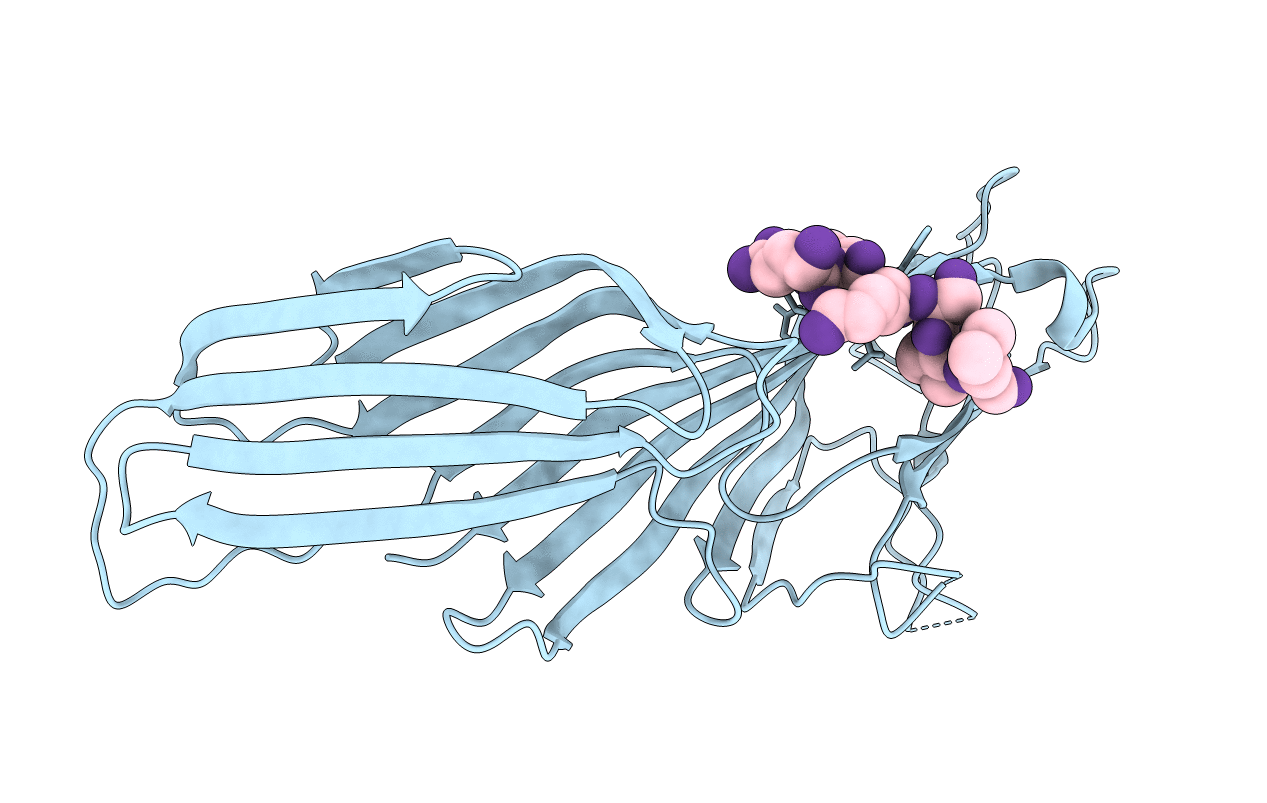
Deposition Date
2015-11-30
Release Date
2016-01-20
Last Version Date
2024-01-10
Entry Detail
PDB ID:
5FPI
Keywords:
Title:
Mu2 adaptin subunit of the AP2 adaptor (C-terminal domain) complexed with Integrin alpha4 internalisation peptide QYKSILQE
Biological Source:
Source Organism:
RATTUS NORVEGICUS (Taxon ID: 10116)
HOMO SAPIENS (Taxon ID: 9606)
HOMO SAPIENS (Taxon ID: 9606)
Host Organism:
Method Details:
Experimental Method:
Resolution:
2.77 Å
R-Value Free:
0.22
R-Value Work:
0.17
R-Value Observed:
0.17
Space Group:
P 64


